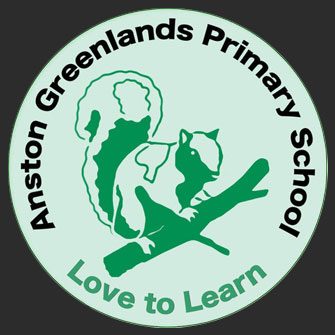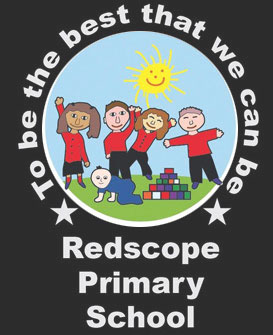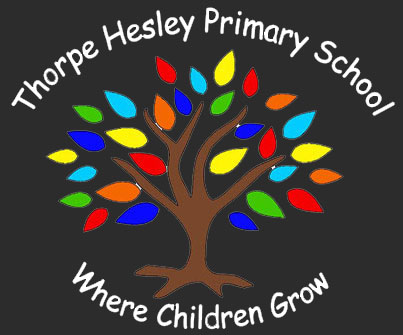At Anston Greenlands Primary School, we believe that reading is the driving force behind all learning and opens doors to new worlds and possibilities. It is a fundamental life skill which enables children to communicate effectively in all areas and equips them for the challenges they will face in the wider world. Our reading curriculum inspires and encourages children to become life-long readers, who love a range of texts and genres from classics to graphic novels. We aim to develop this throughout the curriculum by providing access to a varied spectrum of texts that challenge and develop children’s joy of reading.
Throughout school, we strive to encourage a rounded approach to reading where phonics skills are applied to increase fluency and improve comprehension.
Phonics and Early Reading
In Foundation Stage 2 and Key Stage 1, we use the validated phonics SSP (Systematic, Synthetic Phonics) programme ‘Little Wandle – Letters and Sounds’ to structure our phonics teaching and assessment. As part of the programme, children participate in daily phonics sessions and practise their reading skills in a structured guided reading group three times a week. These sessions focus on developing the skills of decoding and reading fluently with prosody and comprehension. Practice reading books are carefully chosen based on the children’s current phonic understanding through regular assessment opportunities. All our early reading books are matched to the phonics programme and children only read books containing words they can confidently sound and blend using their phonic knowledge. In FS2 and KS1, the children choose a reading spine book which they are encouraged to read and share with adults at home. This is in addition to their decodable reading book.
The National Phonics Screening Check takes place in June of Year 1, with a catch-up check for some children in Year 2. The purpose of the screening check is to confirm that all children have learned phonic decoding to an age-appropriate standard. During the Spring term, we hold a Year 1 phonics workshop, which provides parents with information about how they can support their children with phonics.
The process of teaching a new GPC (Grapheme-Phoneme Correspondence) reflects the following structure:
Introduction
- Share objectives and criteria for success
Revisit and review
- Practise recognition and recall of previously taught letters.
- Practise oral blending and segmentation
Teach
- Teach a new letter
- Teach blending and segmenting with letters
- Teach new tricky words
Practise
- Practise reading or spelling words using taught letters
Apply
- Read or write a caption using high frequency and decodable words
Resources for parents
The Little Wandle website (https://www.littlewandlelettersandsounds.org.uk/resources/for-parents/) is a fantastic resource to show how we teach phonics. You’ll find lots of videos and how-to guides to help you help your children at home. We would encourage all of our parents to spend some time on this page.
Here are the graphemes (groups of letters that make one sound) that your child should know by the end of Wrens / Robins:
Key Stage 2
Whole class reading is taught daily to all children in KS2 and to children in Y2 from the Spring Term. These sessions focus on understanding, developing comprehension and fluency. We want pupils to become expert readers capable of making complex comparisons between authors and understanding language choices.
We have created a reading spine for each year group using books – written by inspirational authors – which we value and want our children to have read by the time they leave primary education. Our reading spine is intended to offer our children a core bank of texts that ensures they experience a range of high-quality texts and authors during their time at school. In addition to our whole class reading sessions, children also have the opportunity to enjoy listening to stories during the daily story time and read books in our timetabled DEAR (Drop Everything and Read) time. During these sessions, children have a choice of reading materials, including their reading spine book, magazines, topic books and poetry.
Wrens (FS2)

Robins (Y1)
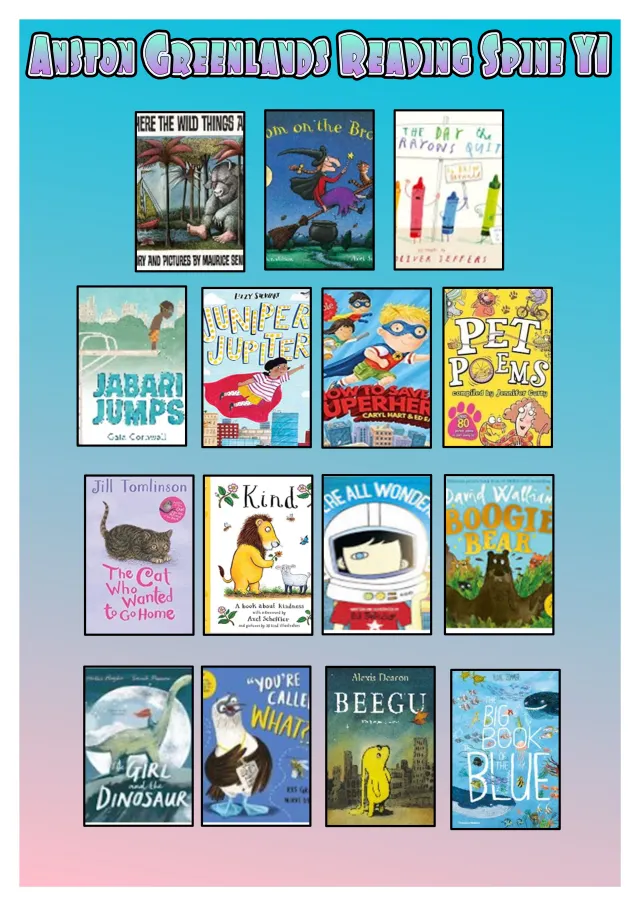
Chaffinches (Y2)
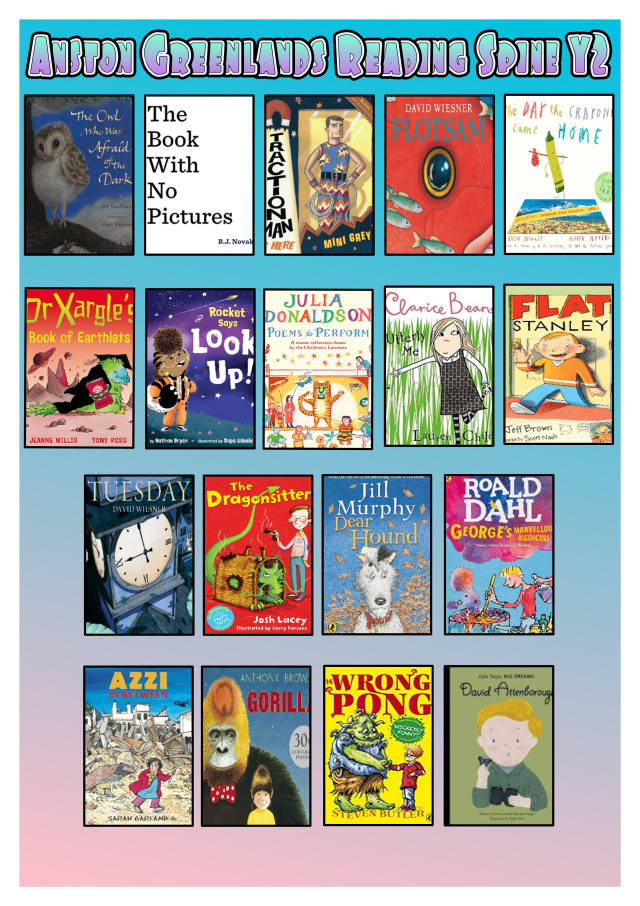
Merlins (Y3)
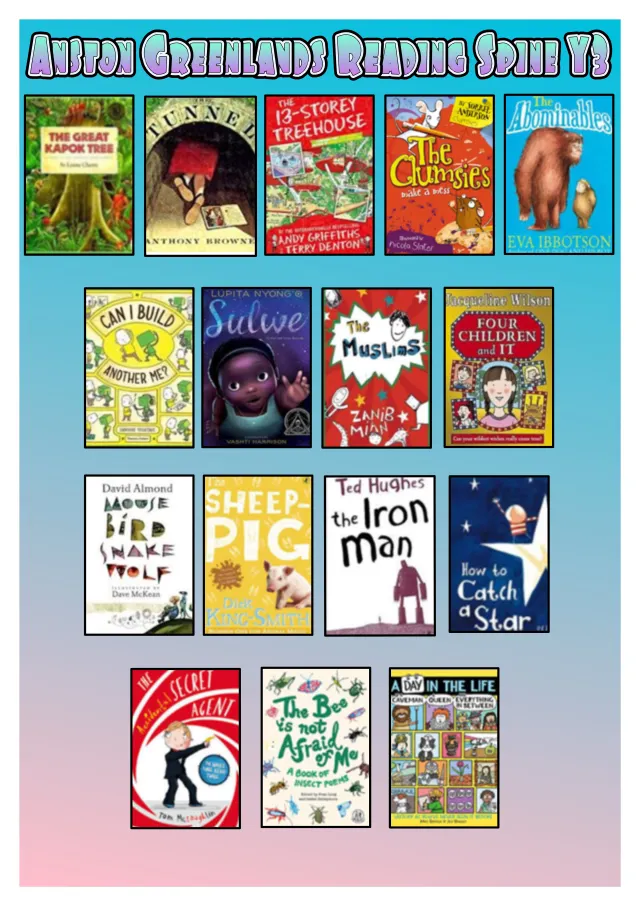
Ospreys (Y4)
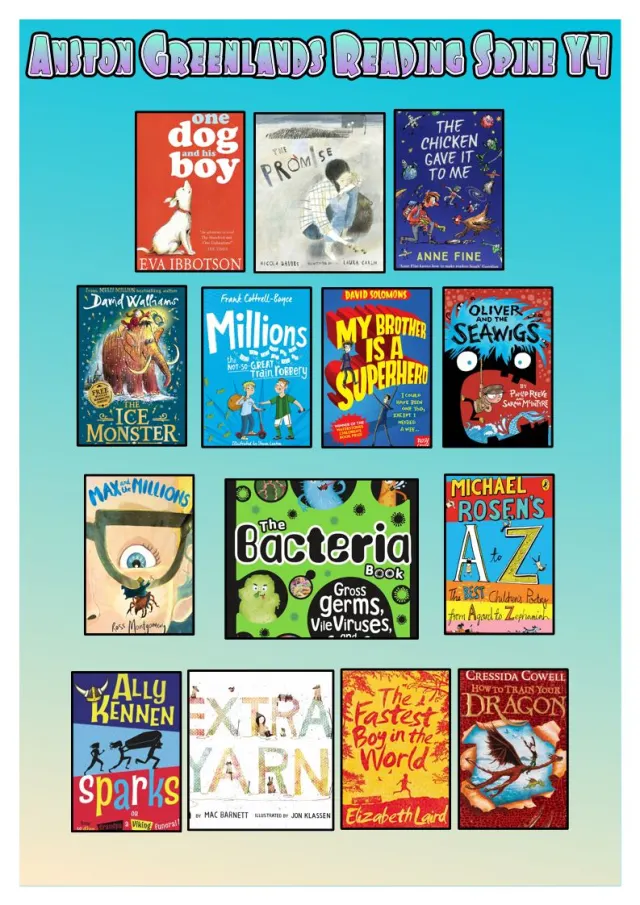
Golden Eagles (Y5)
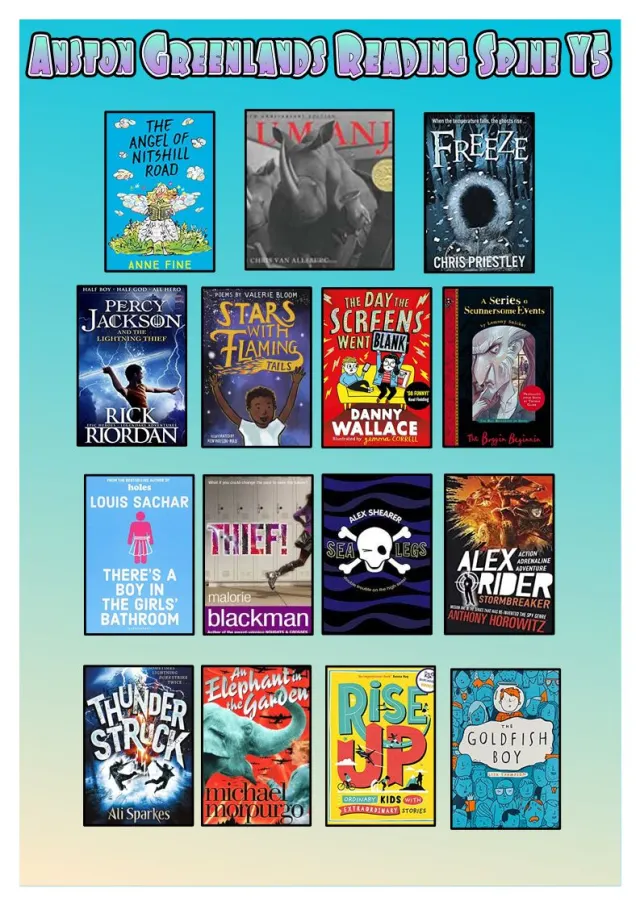
Snowy Owls (Y6)

Spelling
The Department For Education has produced word lists for Years 3 to 6 that children should be able to spell – these can be found below.







